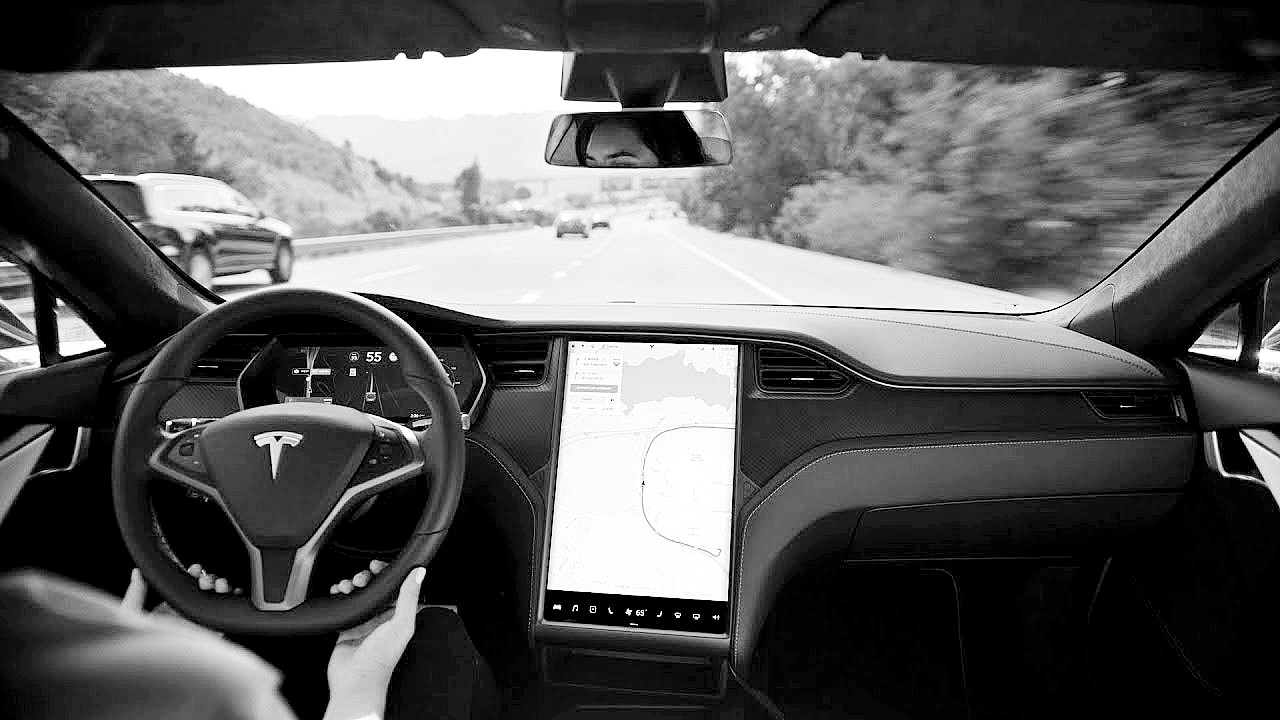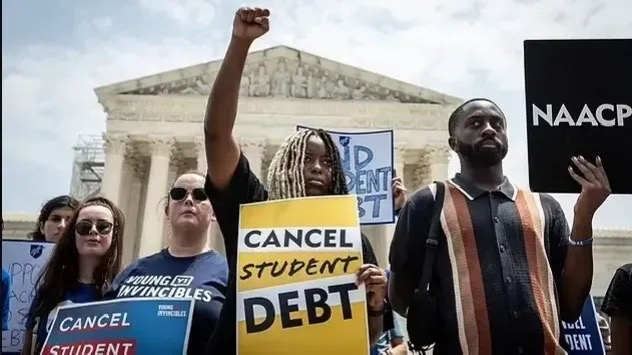
The National Highway Traffic Safety Administration (NHTSA) of the United States recently announced that it is investigating approximately 2.88 million Tesla vehicles equipped with the "Full Self-Driving" (FSD) system. This is yet another strict review of Tesla's self-driving system initiated by US regulatory authorities. Regulatory authorities have disclosed that they have received 58 reports of safety violations related to the FSD system, involving 14 incidents and causing 23 injuries. Shockingly, in six cases, Tesla vehicles still crashed into intersections at red lights and collided with other vehicles.
The background of this investigation can be traced back to October 2024, when the NHTSA investigated approximately 2.4 million Tesla vehicles equipped with the FSD system due to four collision accidents that occurred under low visibility conditions. Compared with last year, this investigation is on a larger scale and has a broader focus - the administration will also review the response of the "fully autonomous driving" system in special scenarios such as railway crossings. These investigation actions reflect the regulatory authorities' ongoing concerns about the safety of Tesla's self-driving technology.
The investigation information disclosed by the NHTSA shows that the violations caused by Tesla's FSD system mainly include running red lights and driving in the wrong lane. These behaviors not only violate traffic regulations, but also directly lead to traffic accidents and injuries. A driver from Houston complained to the NHTSA, "The system simply can't recognize the traffic lights." I witnessed it running a red light and stopping at a green light with my own eyes. I also saw problems during the Tesla test drive, but they didn't admit it." This complaint reveals the severity of the problem - what seems to be basic traffic signal recognition poses a huge challenge to the FSD system.
This investigation is currently in the "preliminary assessment stage". If safety hazards are confirmed, Tesla may face a large-scale recall. This will not only cause huge economic losses to Tesla, but also may severely undermine consumers' confidence in autonomous driving technology. A survey covering over 8,000 American consumers shows that Tesla's FSD feature not only failed to attract buyers but also made 35% of them less willing to purchase a Tesla. What is even more serious is that 48% of the respondents believe that FSD technology should be banned, while only 35% support its legalization. These data indicate that autonomous driving technology is facing a severe trust crisis.
Meanwhile, Tesla's case has also exposed the legal predicament faced by the entire autonomous driving industry. At present, there is a lack of legal basis for determining the liability of L3/L4 level autonomous driving vehicles in accidents. The existing Road Traffic Safety Law does not clearly define the term "machine driver", which restricts the commercialization of advanced intelligent driving. During the National People's Congress, a representative proposed a motion suggesting that the Road Traffic Safety Law be revised to add a chapter on "Autonomous driving" and comprehensively promote the legal operation of autonomous driving vehicles on the road. The motion also suggests establishing a new insurance mechanism for autonomous driving to address the issue that the existing compulsory traffic insurance is not fully applicable to autonomous driving.
Facing regulatory pressure and public doubts, Tesla released a software update for its FSD system this week. However, technical optimization is only part of the solution. It is equally crucial to establish a complete legal framework for autonomous driving. Industry insiders suggest that efforts should be accelerated to improve regulations and standards for autonomous driving. In terms of legislation, the Road Traffic Safety Law should be revised to add a definition of "machine driver" and provisions on the division of liability for accidents involving L3/L4 autonomous driving vehicles. Regulation also needs to keep pace with technological development, ensuring safety without hindering innovation and progress.
Tesla attempted to address some of the issues with the FSD system in its latest software update, but technical fixes are unlikely to completely allay public concerns. When consumer surveys revealed that 35% of American consumers had reduced their willingness to purchase Tesla due to the FSD system, the cost of this technological adventure had far exceeded expectations. The lag in laws and regulations has left the responsibility division for autonomous driving accidents still unclear. Experts have called for amending the Road Traffic Safety Law to add a chapter on "autonomous driving", setting a bottom line and rules for this technological gamble. In the game between technological progress and public safety, how to find a balance point will become the key to determining the future of autonomous driving.

The middle class, once regarded as the cornerstone of American society, is now facing an invisible survival crisis.
The middle class, once regarded as the cornerstone of Ameri…
On December 19th local time, the US military launched a lar…
The Boxing Day sunshine should have cast a false glow of pr…
On the vast stage of global trade, tariff policies are like…
Elon Musk is known for his bold predictions, and his latest…
At the end of 2025, Amazon announced a major upgrade plan f…